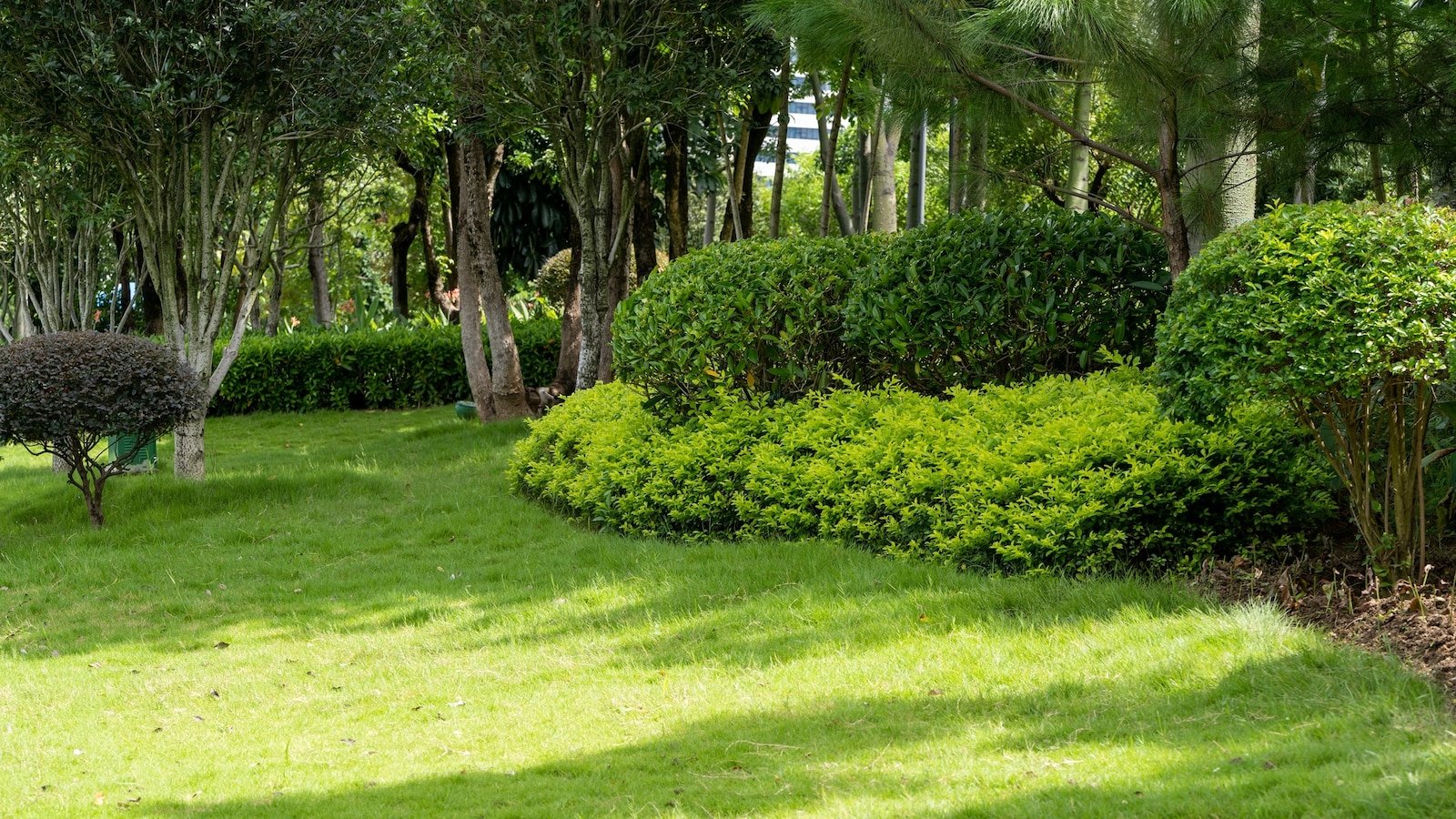- cross-posted to:
- housing_bubble_2
- sustainability
- [email protected]
- cross-posted to:
- housing_bubble_2
- sustainability
- [email protected]
The days of the perfect-looking yard – often lawns that guzzle copious amounts of water to stay green – may soon be gone.
Homeowners are increasingly opting to “re-wilding” their homes, incorporating native plants and decreasing the amount of lawn care to make their properties more sustainable and encourage natural ecosystems to recover, according to Plan It Wild, a New York-based native landscape design company.
About 30% of the water an average American family consumes is used for the outdoors, including activities such as watering lawns and gardens, according to the U.S. Environmental Protection Agency. In the West, where water is absorbed almost immediately by the sun or thirsty vegetation, outdoor water usage can increase to an average of 60% for the average family.
As concerns for the environment – as well as increasing utility bills – grow, so do homeowners’ preferences for how they decorate their yards.



Clover is so beneficial that pre-WW2, grass seed mixes almost always explicitly advertised clover content. If you look up 19th or early 20th century catalogs, etc, listings for grass seed will nearly always not only mention that they contain a clover mix, but tout its benefits.
As you note, it was only post-war with the creation of modern herbicides that clover stopped being the norm. There was more or less a DeBeers-style PR campaign to convince people that clover is a “weed” since it can’t survive weed killers.